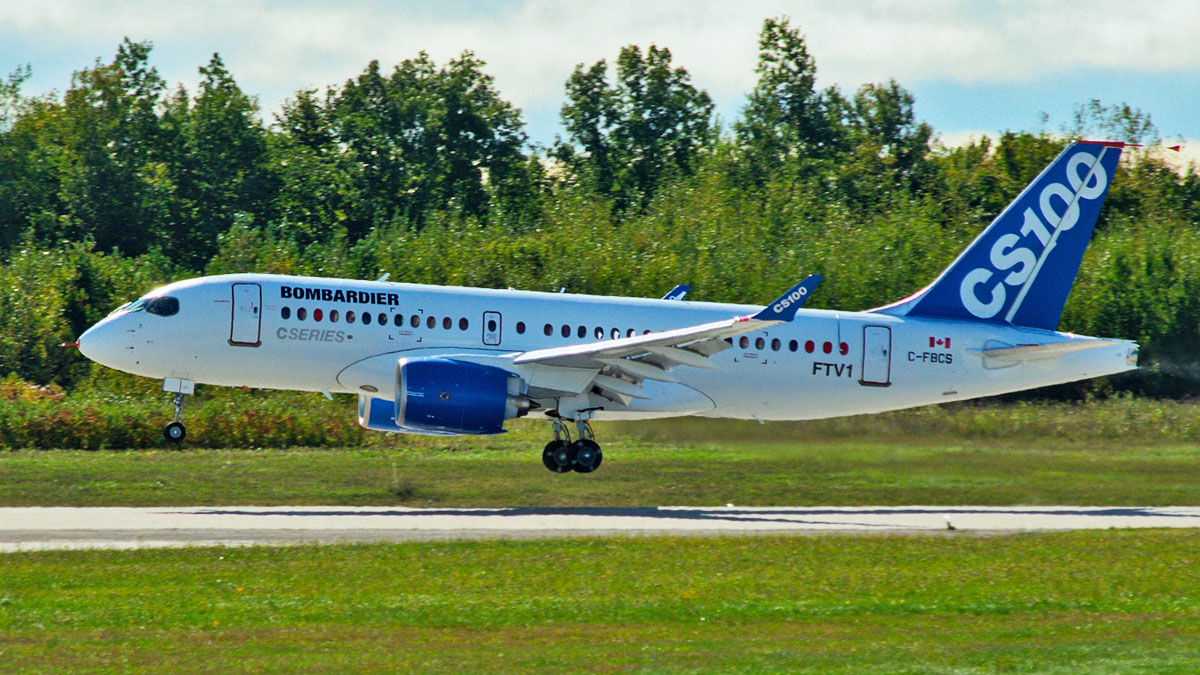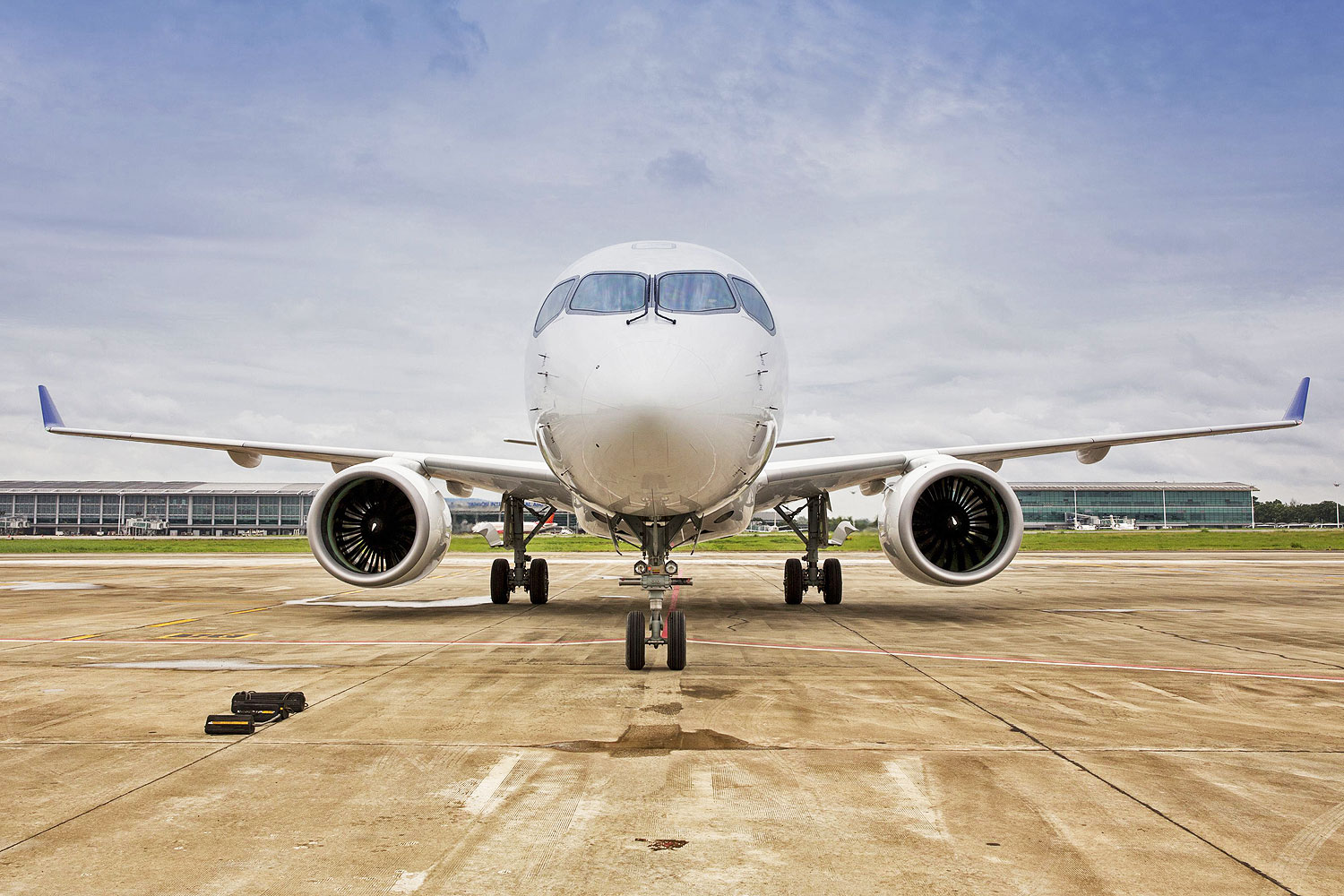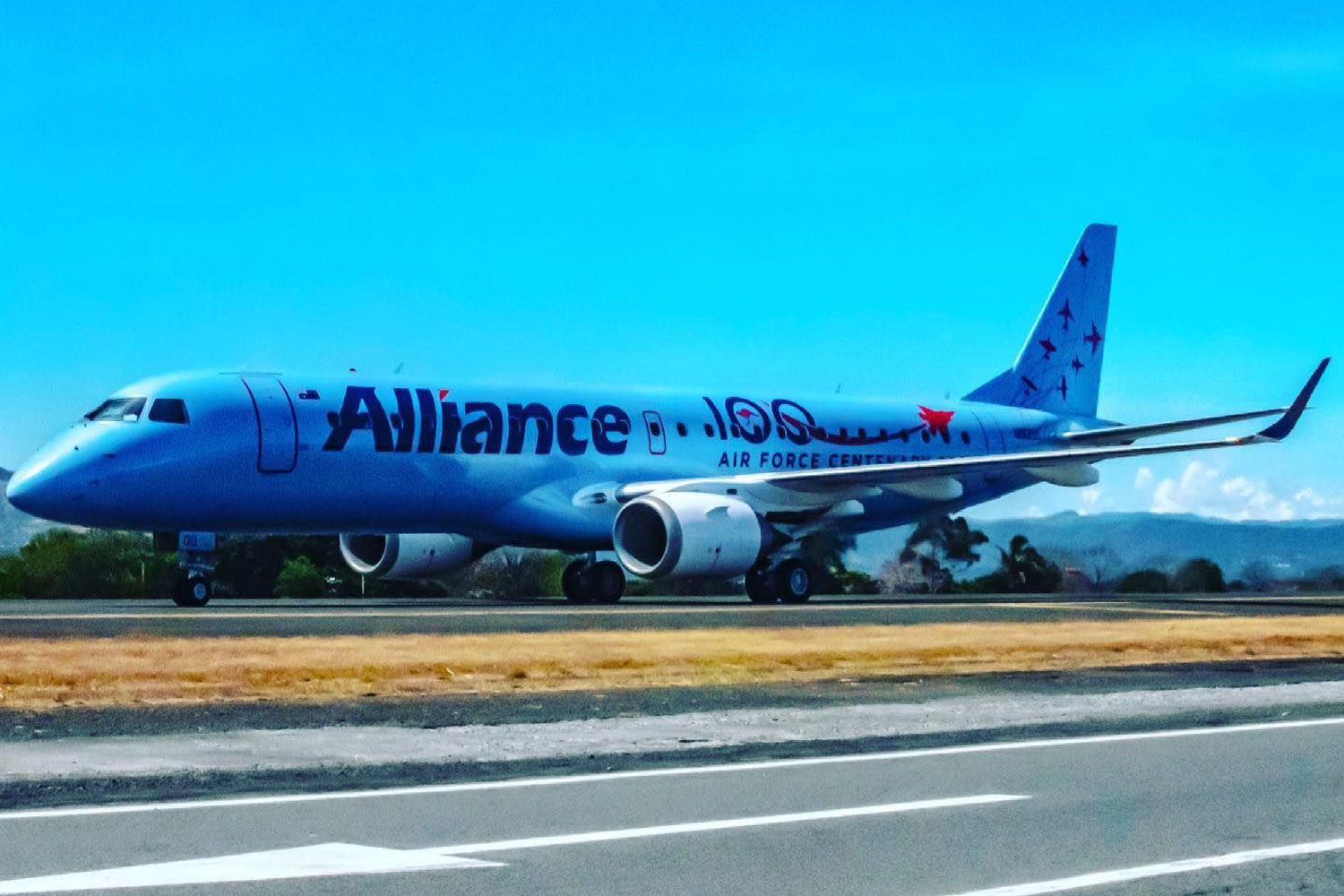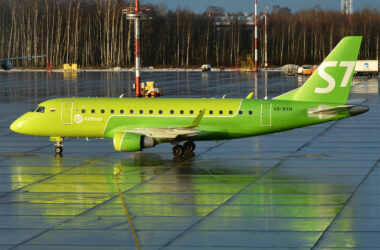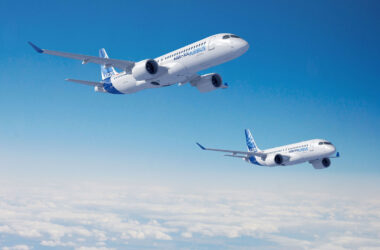When Airbus took over the C Series program in 2018, it knew it was facing a huge challenge and that it did not involve the aircraft’s recognized performance.
The issue was in the high cost of producing the single-aisle jet, which led Bombardier to abandon the project.
Almost three years after renaming the model to A220 and obtaining good purchase contracts, the European planemaker has not yet managed to make the plane profitable or at least capable of generating less losses.
Airbus’ newest initiative involves replacing Philippe Balducchi with Benoit Schultz, executive responsible for the global supply chain, as CEO of Airbus Canada LP.
Schultz will have the goal of reducing production costs for the A220 by 20 percent, according to Reuters sources. Airbus would have already managed to move in this direction with suppliers such as Spirit Aero Systems and Raytheon, but it was not enough to stem the loss.
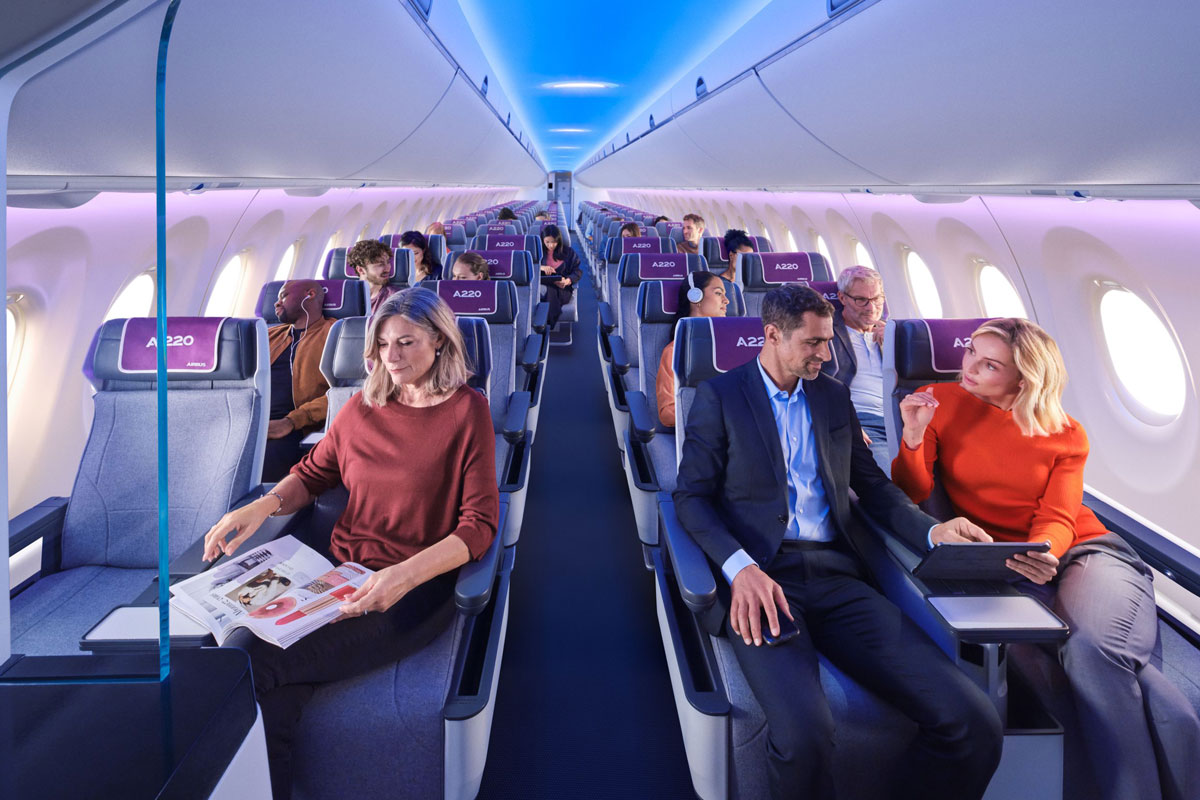
Technological excellence, financial disaster
The C Series, now the A220, emerged in 2004 after Bombardier studied a regional jet with five seats per row in the previous decade.
The following year, the Canadian manufacturer started to consult potential customers, but the program went on hold until in 2008 it was officially launched, at the time as C110 and C130, later renamed as CS100 and CS300.
Development, however, started to consume a huge sum of financial resources and to delay its schedule. The first flight of the CS100 took place only in September 2013, followed by the CS300 in February 2015.
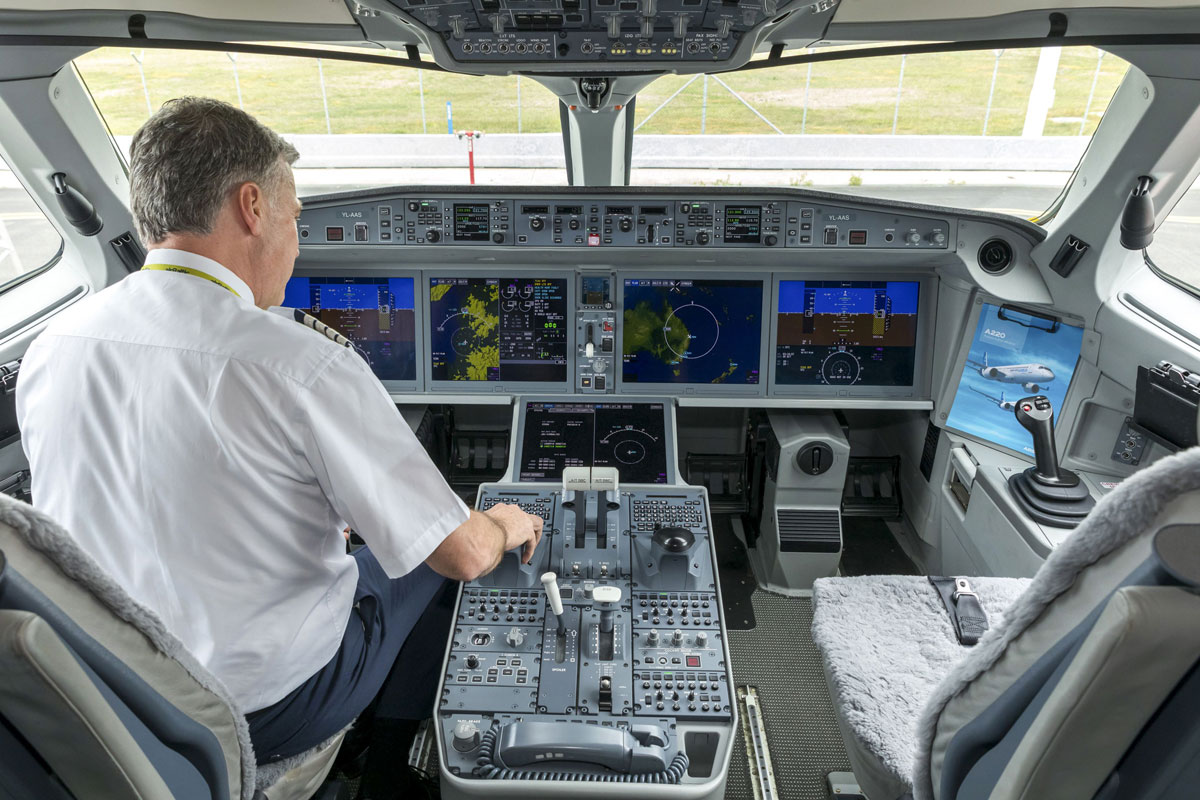
Larger than the competitor Embraer’s E-Jet family, the C Series promised lower fuel consumption and lower operating costs, in addition to an unthinkable range in its category.
The minor variant debuted in service in July 2016 by Swiss while the CS300 made its first revenue flight in December of the same year with Air Baltic.
Despite being a state of the art aircraft, the C Series plunged Bombardier into debt, which eventually led the company to sign an agreement with Airbus in October 2017, passing on control of the program to the European group.
Since then, Airbus has improved the performance of the A220, opened a second assembly line in Mobile, Alabama, and won more customers for the jet, especially the A220-300 (ex-CS300) variant, but it has not been enough to transform technical excellence into the most basic of a company’s principles, profit.
